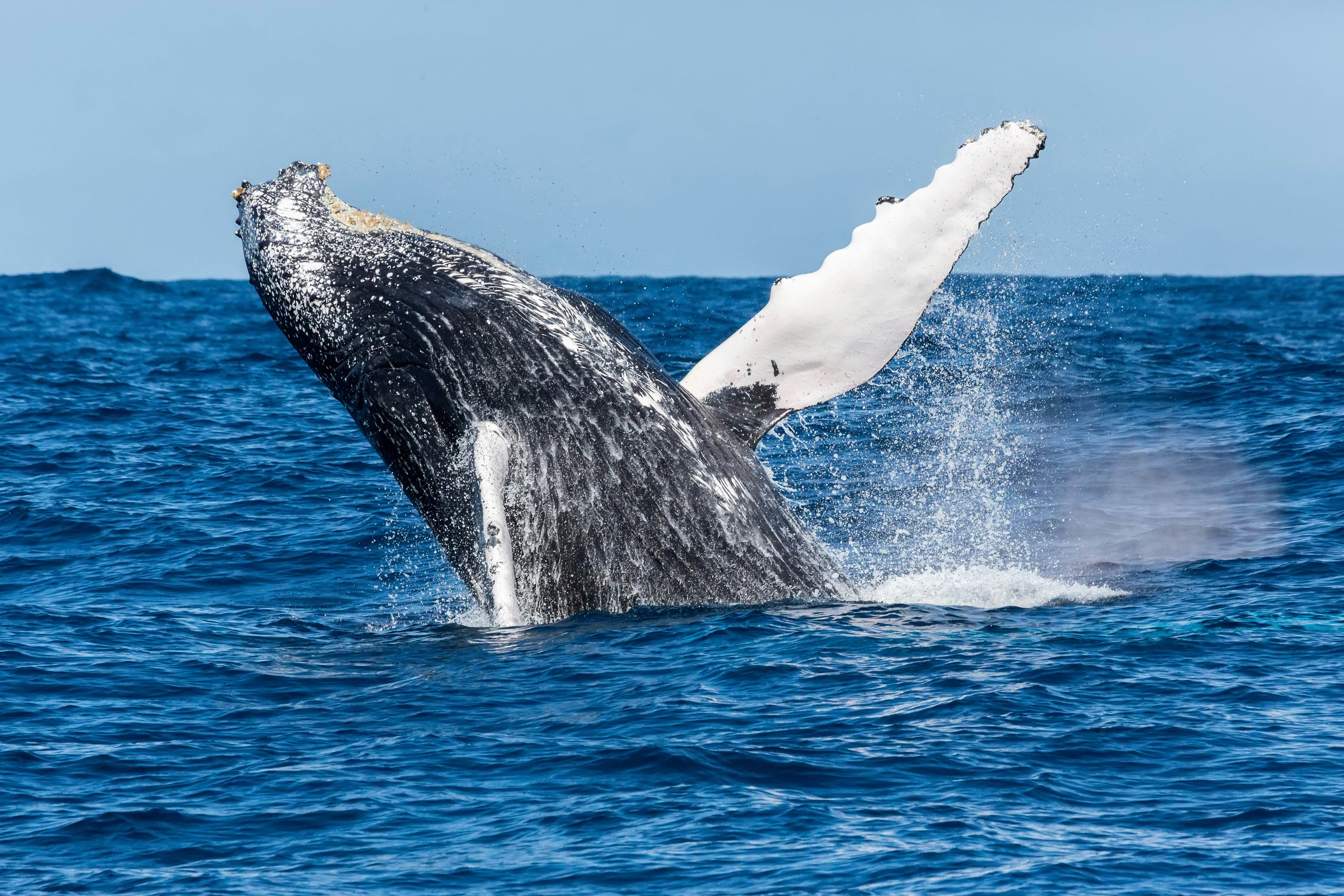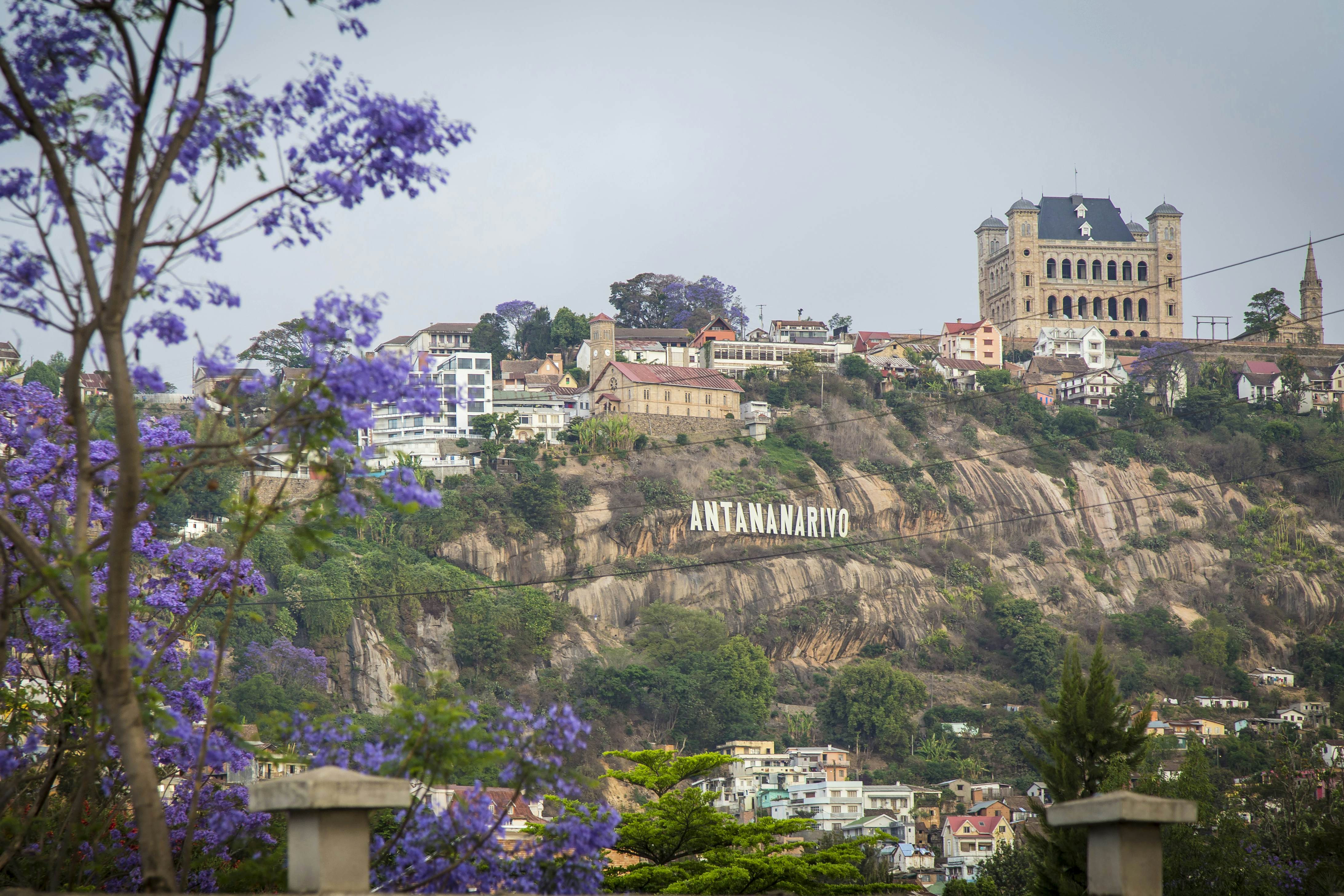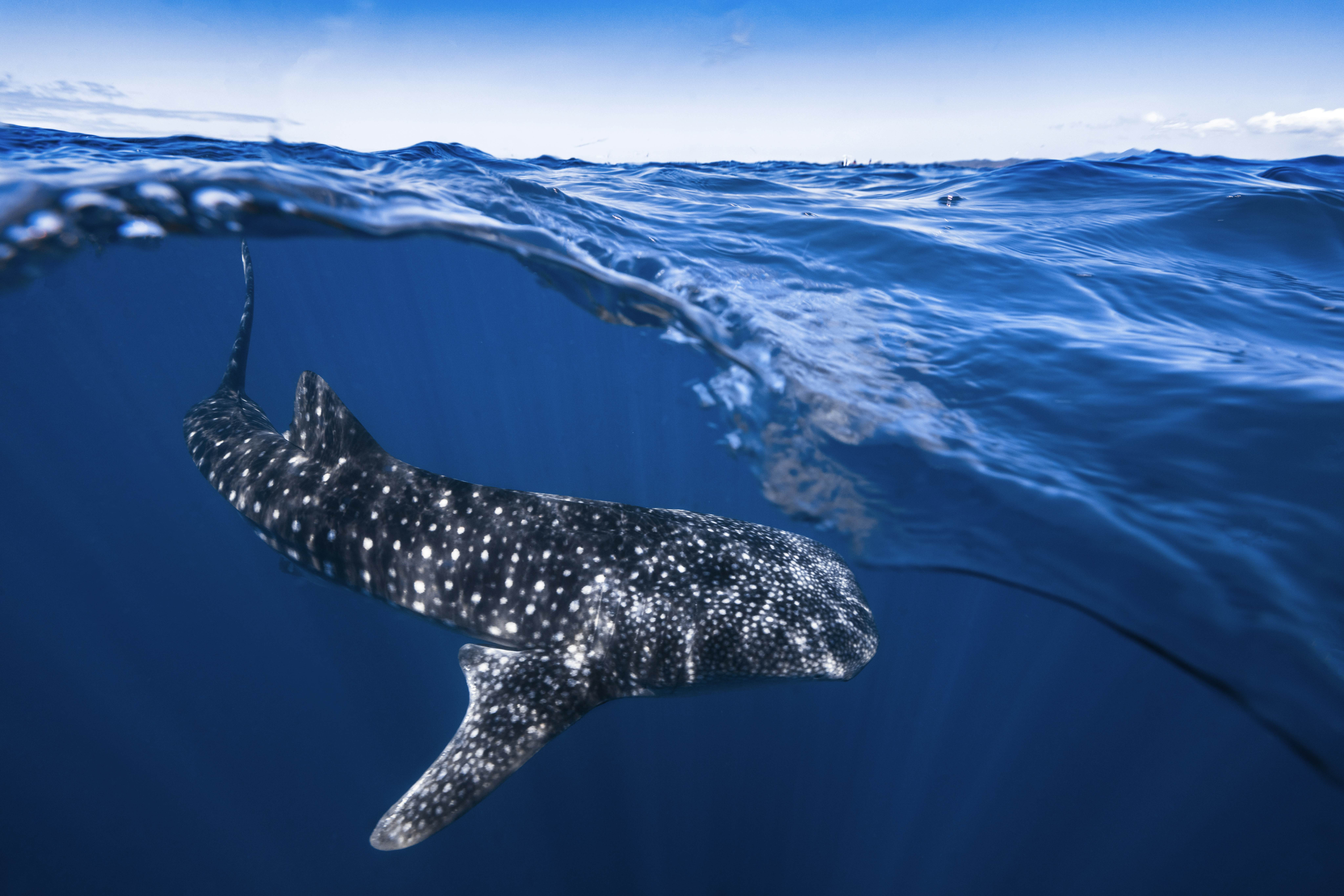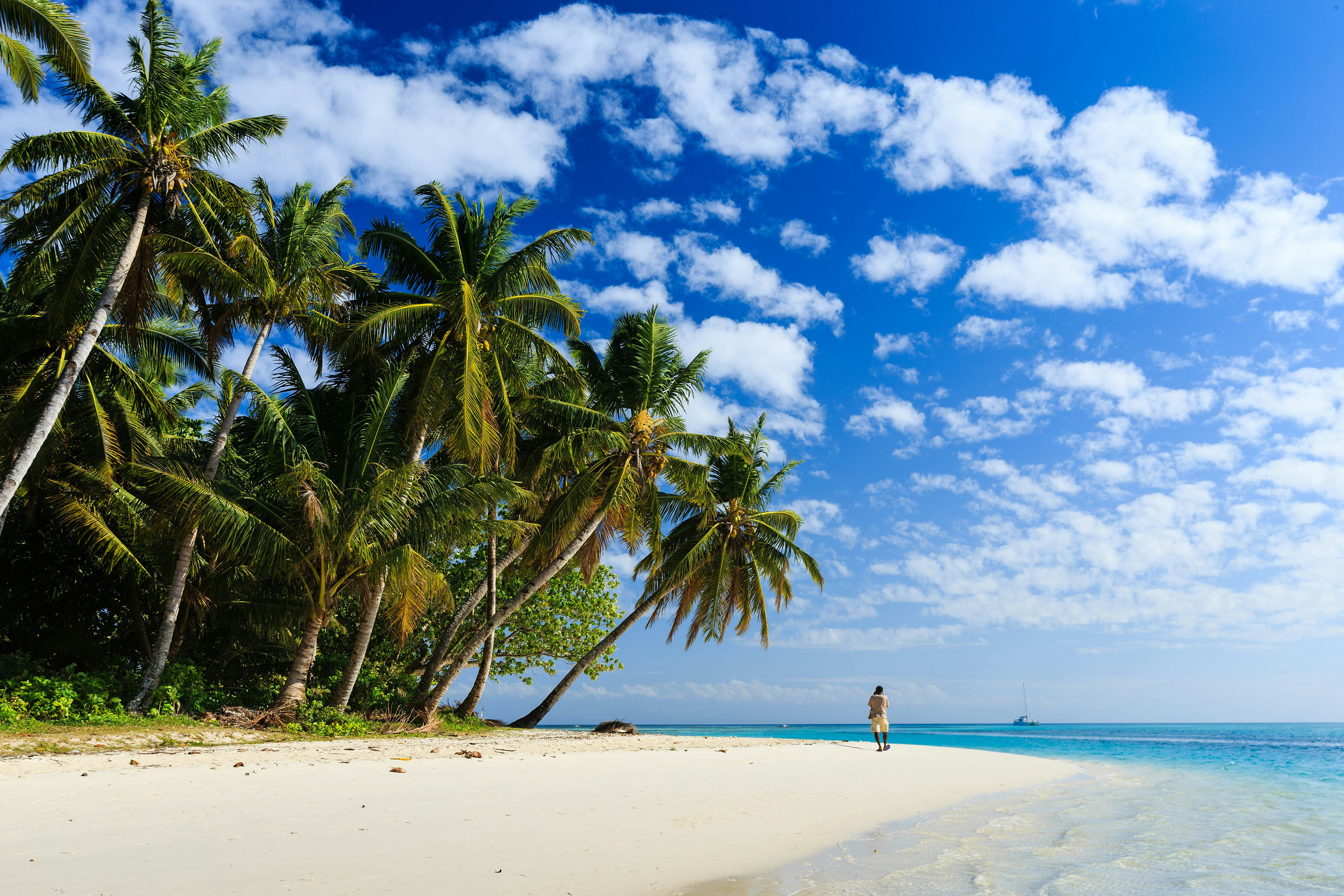Madagascar travel planning can be tricky, but SIXT.VN simplifies your journey. We’ll help you discover the best time to visit Madagascar, considering the climate, activities, and travel conditions. Explore Madagascar’s unique wildlife and landscape with expert advice and tips for an unforgettable adventure.
1. Understanding Madagascar’s Climate and Seasons
To plan your trip effectively, it’s essential to understand Madagascar’s climate. Madagascar has two primary seasons: the dry season and the wet season. Each season offers unique advantages and considerations for travelers.
- Dry Season (April to October): The dry season is often considered the best time to visit Madagascar. During these months, the weather is pleasant with warm daytime temperatures and cooler nights. The roads are generally in better condition, making it easier to explore national parks and remote areas.
- Wet Season (November to March): The wet season brings heavy rainfall and high humidity. While some travelers may find the weather challenging, this season offers lush landscapes and fewer crowds. Diving conditions are excellent in December, and nature enthusiasts can enjoy the vibrant wildlife.
According to Madagascar National Parks, the dry season offers optimal conditions for trekking and wildlife viewing due to reduced rainfall and improved accessibility.
2. Best Time for Wildlife Viewing in Madagascar
Madagascar is renowned for its unique and diverse wildlife, including lemurs, chameleons, and various bird species. The best time for wildlife viewing depends on the specific species you want to see and your tolerance for different weather conditions.
- Lemurs: The dry season (June to August) is ideal for seeing lemur babies, as lemurs typically give birth around this time. Parks like Andasibe-Mantadia National Park offer excellent lemur viewing opportunities.
- Chameleons: The wet season (February) is prime time for reptile and amphibian enthusiasts. The heat and humidity bring out numerous chameleon species, making them easier to spot.
- Whales: Humpback whales migrate to Madagascar’s waters between June and September. Whale watching tours are popular along the eastern and western coasts during these months.
 Humpback whale breaching off the coast of Madagascar.
Humpback whale breaching off the coast of Madagascar.
Humpback whale breaching off the coast of Madagascar.
3. Peak Season (June to August): Pros and Cons
June to August marks Madagascar’s peak tourist season, coinciding with summer holidays in the Northern Hemisphere. While the weather is generally favorable, there are both advantages and disadvantages to visiting during this time.
Pros:
- Ideal Weather: Warm days and cool nights provide comfortable conditions for exploring the island.
- Dry Roads: The roads are typically dry, making it easier to access remote areas and national parks.
- Whale Watching: Humpback whales are abundant along the coast, offering excellent whale watching opportunities.
- Lemur Babies: August is a prime time for seeing cute lemur babies in various national parks.
Cons:
- Crowds: Popular tourist spots and beaches can be crowded, leading to a less intimate experience.
- Higher Prices: Accommodation and tour prices tend to be higher during the peak season.
- Limited Availability: Booking accommodations and tours may require advance planning due to high demand.
SIXT.VN offers tailored tour packages to avoid peak season crowds, ensuring a smooth travel experience.
4. Shoulder Season (May and September to November): Balanced Benefits
Many travelers consider the shoulder season (May and September to November) the best time to visit Madagascar. This period offers a balance of favorable weather, fewer crowds, and unique natural attractions.
- May: The rains have typically passed, and the landscape is lush and green. The Donia Festival in Nosy Be is a highlight, offering a week-long celebration of culture and music.
- September to November: The crowds thin out as the European summer holidays end, but the humpback whales remain. Temperatures rise, making it ideal for beach activities. Wildflowers, jacaranda trees, and orchids bloom, adding vibrant colors to the landscape.
 Jacaranda blossom framing a view of Antananarivo, capital of Madagascar.
Jacaranda blossom framing a view of Antananarivo, capital of Madagascar.
Jacaranda blossom framing a view of Antananarivo, capital of Madagascar.
5. Low Season (December to April): Diving and Green Landscapes
The low season (December to April) is characterized by heavy rainfall and high humidity. However, it offers unique opportunities for diving enthusiasts and those who appreciate lush, green landscapes.
- Diving: December is considered the best month for diving in Madagascar, with excellent underwater visibility and calm seas. Dive sites in Nosy Be, Île Sainte Marie, and the southern coast offer exceptional experiences.
- Green Landscapes: The heavy rains transform Madagascar into a vibrant green paradise. Forests teem with birdsong, and the air is filled with the refreshing scent of rain.
- Lower Prices: Accommodation and tour prices are typically lower during the low season.
 Whale shark swimming in the ocean off Madagascar.
Whale shark swimming in the ocean off Madagascar.
Whale shark swimming in the ocean off Madagascar.
6. Regional Climate Variations in Madagascar
Madagascar’s climate varies significantly across different regions, influenced by factors such as altitude, latitude, and exposure to trade winds. Understanding these regional differences can help you tailor your trip to specific destinations.
- Highlands: The central highlands, including Antananarivo, experience cooler temperatures, especially during the dry season. Nighttime temperatures can drop significantly.
- East Coast: The east coast is more prone to rainfall throughout the year due to the influence of trade winds. It is also at higher risk of cyclones during the wet season.
- West Coast: The west coast tends to be drier than the east coast, with distinct dry and wet seasons. This region is known for its beautiful beaches and unique geological formations, such as the Tsingy de Bemaraha.
- South: The southern region is the driest part of Madagascar, characterized by arid landscapes and unique flora, such as spiny forests.
According to a study by the University of Antananarivo, regional climate variations significantly impact agricultural practices and tourism patterns in Madagascar.
7. Best Time for Specific Activities in Madagascar
To make the most of your trip, consider aligning your visit with the best time for specific activities you want to experience.
- Hiking: The dry season (June to August) is ideal for hiking in national parks such as Bemaraha and Ankarana, as trails are less muddy and more accessible.
- Beach Holidays: The shoulder season (September to November) offers warm temperatures and fewer crowds, making it perfect for beach holidays along the west coast.
- Cultural Festivals: May is an excellent time to experience local festivals, such as the Donia Festival in Nosy Be.
- Photography: The lush landscapes of the wet season (December to April) provide stunning photographic opportunities, especially for capturing the vibrant green scenery.
SIXT.VN can customize your itinerary to match your preferred activities, ensuring an unforgettable experience.
8. Avoiding Cyclones and Road Conditions
Travelers should be aware of the risk of cyclones, particularly on the east coast, from January to April. It’s essential to monitor weather forecasts and heed local warnings. Heavy rains during the wet season can also make roads and forest trails impassable.
To mitigate these challenges:
- Check Road Conditions: Before embarking on long trips, check the condition of roads and trails with local authorities or tour operators.
- Travel Insurance: Ensure you have comprehensive travel insurance that covers disruptions caused by cyclones or other natural disasters.
- Flexible Itinerary: Be prepared to adjust your itinerary if necessary due to weather conditions.
According to the Madagascar National Disaster Management Office, cyclone preparedness is crucial for ensuring safety during the wet season.
9. Madagascar’s Independence Day (June 26): A Cultural Highlight
Visiting Madagascar on June 26 offers a unique cultural experience, as the country celebrates its Independence Day. The whole nation comes alive with vibrant colors, parades, and festivities.
- Military Parades: Witness impressive military parades showcasing Madagascar’s armed forces.
- Street Parties: Join lively street parties filled with music, dance, and local food.
- Cultural Celebrations: Enjoy themed nightclub nights and celebrations of local flavors in the island’s best restaurants.
 A person walking on the beach at Ile Aux Nattes near Ile Sainte-Marie, Madagascar.
A person walking on the beach at Ile Aux Nattes near Ile Sainte-Marie, Madagascar.
A person walking on the beach at Ile Aux Nattes near Ile Sainte-Marie, Madagascar.
10. Vanilla Harvest Season (July): Aromatic Delights
In July, the air in Madagascar is filled with the sweet aroma of vanilla as the island’s favorite crop begins to ripen, especially in the northern regions. Visiting during this time offers a sensory delight and the opportunity to learn about vanilla production.
- Vanilla Plantations: Visit local vanilla plantations to see how vanilla beans are grown and processed.
- Culinary Experiences: Sample vanilla-infused dishes and desserts in local restaurants.
- Local Markets: Purchase high-quality vanilla beans and products directly from local farmers.
According to the Food and Agriculture Organization of the United Nations, Madagascar is one of the world’s leading producers of vanilla.
11. Madagascar Travel Tips for Every Season
Regardless of when you choose to visit Madagascar, these travel tips will help you make the most of your trip:
- Pack Appropriately: Pack light, breathable clothing for the warm days and a light jacket for the cooler evenings, especially in the highlands.
- Stay Hydrated: Drink plenty of water to stay hydrated, especially during the warmer months.
- Use Insect Repellent: Protect yourself from mosquito bites by using insect repellent, particularly during the wet season.
- Respect Local Customs: Show respect for local customs and traditions by dressing modestly and asking permission before taking photos of people.
- Learn Basic Phrases: Learning a few basic Malagasy phrases can enhance your interactions with locals.
- Bargain Respectfully: Bargaining is common in markets and with vendors, but do so respectfully and with a friendly attitude.
- Hire Local Guides: Hiring local guides can enrich your experience by providing insights into the local culture and wildlife.
- Support Local Businesses: Support local businesses by purchasing souvenirs and handicrafts directly from artisans and vendors.
SIXT.VN ensures responsible tourism by partnering with local communities and promoting sustainable practices.
12. Accommodations and Booking Advice
Finding the right accommodation is crucial for a comfortable and enjoyable trip to Madagascar. Consider the following factors when booking your accommodations:
- Location: Choose accommodations that are conveniently located near the attractions and activities you plan to experience.
- Amenities: Look for accommodations that offer amenities such as Wi-Fi, air conditioning, and on-site dining.
- Budget: Set a budget for your accommodations and look for options that fit your price range.
- Reviews: Read reviews from other travelers to get an idea of the quality and service of the accommodations.
- Advance Booking: Book your accommodations in advance, especially during the peak season, to ensure availability and secure the best rates.
SIXT.VN offers a wide range of accommodation options, from budget-friendly guesthouses to luxury resorts, catering to every traveler’s needs and preferences.
13. Transportation Options in Madagascar
Getting around Madagascar can be challenging due to the condition of the roads and the remoteness of some destinations. Consider the following transportation options:
- Rental Cars: Renting a car is a good option for exploring the country at your own pace, but be prepared for rough roads and limited infrastructure.
- Taxis: Taxis are available in major cities and towns, but it’s essential to negotiate the fare before starting your journey.
- Bush Taxis (Taxi-Brousse): Bush taxis are a common form of transportation for locals, but they can be crowded and uncomfortable.
- Domestic Flights: Domestic flights are a convenient way to travel between major cities and tourist destinations, but they can be expensive.
- Private Transfers: Arranging private transfers through SIXT.VN ensures a comfortable and hassle-free journey.
According to the Madagascar Ministry of Transport, improving transportation infrastructure is a priority for promoting tourism and economic development.
14. Safety and Health Considerations
Your safety and health are paramount when traveling to Madagascar. Consider the following safety and health precautions:
- Consult Your Doctor: Consult your doctor about necessary vaccinations and medications before your trip.
- Drink Bottled Water: Drink bottled water to avoid waterborne illnesses.
- Food Safety: Be cautious about eating street food and ensure that food is properly cooked and stored.
- Personal Safety: Take precautions to protect yourself from theft and scams. Avoid walking alone at night and keep your valuables secure.
- Travel Insurance: Purchase comprehensive travel insurance that covers medical emergencies and evacuation.
According to the World Health Organization, travelers to Madagascar should be aware of the risk of malaria and take appropriate preventative measures.
15. Essential Packing List for Madagascar
Packing the right items can make your trip to Madagascar more comfortable and enjoyable. Here’s an essential packing list:
- Lightweight Clothing: Pack light, breathable clothing for the warm days.
- Warm Layers: Bring warm layers for the cooler evenings, especially in the highlands.
- Comfortable Shoes: Pack comfortable shoes for hiking and exploring.
- Insect Repellent: Use insect repellent to protect yourself from mosquito bites.
- Sunscreen: Protect your skin from the sun with sunscreen.
- Hat and Sunglasses: Wear a hat and sunglasses to shield yourself from the sun.
- First Aid Kit: Bring a basic first aid kit with essentials such as bandages, antiseptic wipes, and pain relievers.
- Camera: Capture the stunning landscapes and wildlife with a camera.
- Binoculars: Enhance your wildlife viewing experience with binoculars.
- Adapter: Bring an adapter for electrical outlets if necessary.
SIXT.VN provides travel checklists to ensure you’re fully prepared for your Madagascar adventure.
16. Budgeting for Your Madagascar Trip
Budgeting for your trip to Madagascar depends on your travel style and preferences. Here are some factors to consider:
- Accommodation: Accommodation costs can range from budget-friendly guesthouses to luxury resorts.
- Transportation: Transportation costs depend on your chosen mode of transport, with rental cars and domestic flights being more expensive.
- Food: Food costs can vary depending on whether you eat at local restaurants or tourist establishments.
- Activities: Activities such as national park entrance fees, guided tours, and whale watching excursions can add to your budget.
- Souvenirs: Set aside a budget for purchasing souvenirs and handicrafts.
According to the Madagascar Tourism Board, planning your budget in advance can help you make the most of your trip.
17. Responsible and Sustainable Travel
Travel responsibly and sustainably by supporting local communities and protecting the environment. Consider the following tips:
- Support Local Businesses: Choose accommodations, restaurants, and tour operators that are locally owned and operated.
- Respect Local Culture: Show respect for local customs and traditions.
- Reduce Waste: Minimize your environmental impact by reducing waste, using reusable water bottles, and avoiding single-use plastics.
- Conserve Resources: Conserve water and energy by turning off lights and appliances when not in use.
- Protect Wildlife: Observe wildlife from a safe distance and avoid feeding or disturbing animals.
SIXT.VN is committed to promoting responsible and sustainable tourism in Madagascar, ensuring that future generations can enjoy the country’s natural and cultural heritage.
18. Language and Communication
The official languages of Madagascar are Malagasy and French. While English is spoken in some tourist areas, learning a few basic phrases in Malagasy can enhance your interactions with locals.
- Malagasy Phrases: Here are a few useful Malagasy phrases:
- “Bonjour” (Good morning/hello): “Manahoana”
- “Merci” (Thank you): “Misaotra”
- “Au revoir” (Goodbye): “Veloma”
- “Comment allez-vous?” (How are you?): “Ahoana ianao?”
- “Bien” (Fine): “Tsara”
According to the Académie Malgache, preserving the Malagasy language is essential for maintaining cultural identity.
19. Cultural Etiquette in Madagascar
Understanding and respecting local customs and etiquette can enhance your experience and help you build positive relationships with locals. Here are a few cultural etiquette tips:
- Greetings: Greet people with a handshake or a nod.
- Dress Code: Dress modestly, especially when visiting religious sites.
- Photography: Ask permission before taking photos of people.
- Gifts: Giving small gifts is a common way to show appreciation.
- Respect for Elders: Show respect for elders and authority figures.
SIXT.VN provides cultural sensitivity training for its staff to ensure respectful and culturally appropriate interactions with local communities.
20. Hidden Gems and Off-the-Beaten-Path Destinations
While Madagascar’s popular attractions are well worth visiting, exploring some of the hidden gems and off-the-beaten-path destinations can offer a more unique and authentic experience. Consider these destinations:
- Masoala National Park: Explore pristine rainforests, secluded beaches, and diverse wildlife in Masoala National Park.
- Île Sainte Marie: Relax on the idyllic beaches of Île Sainte Marie and go whale watching during the migration season.
- Tsingy de Namoroka National Park: Discover the unique limestone formations and diverse wildlife of Tsingy de Namoroka National Park.
- Anja Community Reserve: See ring-tailed lemurs up close in Anja Community Reserve, a community-managed conservation area.
- Lokaro Bay: Visit the stunning Lokaro Bay, a secluded paradise with crystal-clear waters and dramatic rock formations.
SIXT.VN specializes in creating customized itineraries that include hidden gems and off-the-beaten-path destinations, providing unforgettable experiences.
FAQ: Best Time to Travel to Madagascar
1. When is the best time to visit Madagascar for good weather?
The best time for good weather is during the dry season, from June to August, with warm days and cool nights.
2. What is the best time for whale watching in Madagascar?
Humpback whales migrate to Madagascar’s waters between June and September, making this the best time for whale watching.
3. When is the low season in Madagascar?
The low season is from December to April, characterized by heavy rainfall and high humidity.
4. What are the advantages of visiting Madagascar during the shoulder season?
The shoulder season (May and September to November) offers a balance of favorable weather, fewer crowds, and unique natural attractions like wildflowers in bloom.
5. Is it safe to travel to Madagascar during the cyclone season?
It is generally not recommended to travel to Madagascar during the cyclone season (January to April), particularly on the east coast, due to the risk of cyclones.
6. Which region of Madagascar has the most rainfall?
The east coast of Madagascar receives the most rainfall throughout the year due to the influence of trade winds.
7. What should I pack for a trip to Madagascar?
Pack lightweight clothing, warm layers, comfortable shoes, insect repellent, sunscreen, a hat, sunglasses, and a basic first aid kit.
8. How can I travel responsibly and sustainably in Madagascar?
Support local businesses, respect local culture, reduce waste, conserve resources, and protect wildlife.
9. What languages are spoken in Madagascar?
The official languages of Madagascar are Malagasy and French.
10. What are some hidden gems to visit in Madagascar?
Consider visiting Masoala National Park, Île Sainte Marie, Tsingy de Namoroka National Park, Anja Community Reserve, and Lokaro Bay.
Planning a trip to Madagascar can be overwhelming, but SIXT.VN is here to help. From personalized itineraries to reliable transportation and comfortable accommodations, we ensure a seamless and unforgettable travel experience. Let us handle the details so you can focus on exploring the unique beauty and culture of Madagascar. Contact us today to start planning your dream trip!
Address: 260 Cau Giay, Hanoi, Vietnam
Hotline/Whatsapp: +84 986 244 358
Website: SIXT.VN
Ready to explore Madagascar? SIXT.VN offers comprehensive travel solutions for your Madagascar adventure. Book your tour, arrange airport transfers, and find the perfect accommodations with us. Contact us today and let us help you plan an unforgettable trip!



